Why you can trust TechRadar
For a while, Canon had been wedded to using 18Mp sensors in its APS-C format cameras, but the 750D and 760D marked a switch to 24Mp devices. One of the reasons that higher pixel count cameras are so enticing is that they have the potential to capture more detail than a competing lower resolution model.
The potential booby-trap, however, is that because the photoreceptors usually have to be made smaller they generate a weaker image signal that requires more gain to be applied and that can result in more image noise.

- The articulating screen is really useful when you want to shot from low angles like this. Click here for a full size version.
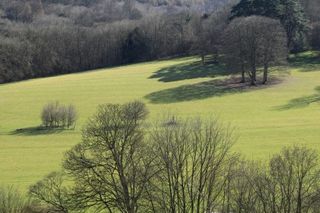
- Using Landscape Picture Style has helped capture the vivid green of the sunlit grass in this scene. Click here for a full size version.

- Despite the very low light the camera was able to focus and noise is controlled well for ISO 16000. Click here for a full size version.
Happily Canon has managed to get the custard pie on the plate rather than in the face. The 80D's 24.2Mp sensor brings a 25% increase in pixel count over the 70D's and it enables a significant step up in detail resolution for the majority of the sensitivity range without an increase in the level of noise.
It's noticeable, however, that at ISO 12,800 the 80D scores lower in our resolution tests than the 70D. However, when the default levels of noise reduction are applied, images shot at this sensitivity setting and ISO 16,000 look good. Noise is controlled well and although some detail is lost, there's no obvious smearing. I would advise caution with the uppermost setting of ISO 25,600 because some areas have a slight haze and lack detail when images are at around A4 size. But that's why this value is an expansion setting, Canon makes it available for use if it's really needed but doesn't consider the image quality entirely satisfactory.
Canon has given the 80D a significantly better autofocus (AF) system for use with the viewfinder than the 70D, so naturally I was very keen to put it to test. It didn't disappoint, getting stationary subjects sharp in a flash and keeping fast moving subjects sharp even in low light.
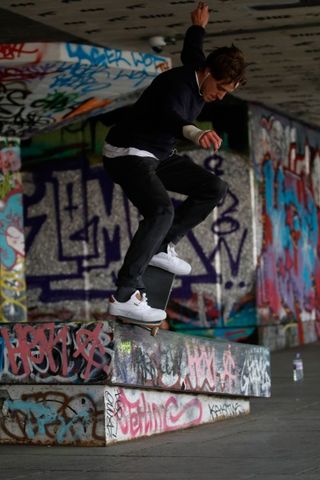
- The 80D's AF system proved up to the job of shooting these fast moving skateboarders. Click here for a full size version.
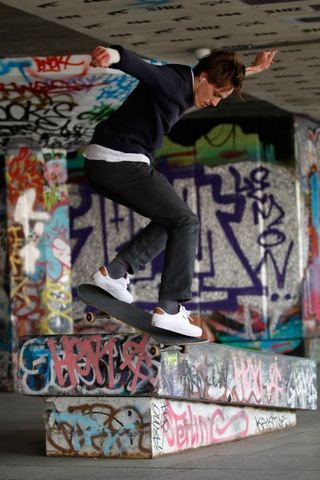
- Click here for a full size version.

- Click here for a full size version.
I experimented with the AF point selection modes when shooting skateboarders in the gloomy conditions of London's Undercroft and found that the 45-point Automatic Selection option is pretty capable, probably aided by the new colour detection system. Despite the distracting background of graffitied walls, in most cases it managed to correctly identify the subject and follow it as it moved around the frame, getting closer to or further away from the camera.
Single-point AF (Manual selection) mode also worked well provided I could keep the active point over the subject. That's easier said than done with skateboarders who are prone to jumping, twisting and turning and I had greater success when using Zone AF mode. In this mode the 45 AF points are grouped into nine zones and you to select the most appropriate zone to use before starting to shoot. The camera then tracks the subject using the AF points within that zone, it's a great option for moving targets and you see the points light-up as they activate, giving you confidence that your images will be sharp. It's not 100% foolproof but I got a high hit rate and it's more reliable than 45-point Automatic Selection mode.
Those who want to get more in-depth with the 80D's AF system will find a total of 16 customisation options within the menu with the ability to adjust tracking sensitivity, acceleration/deceleration tracking and the speed of AF point switching. These can be useful options, but require a good understanding of the subject, the shooting conditions and the ability of the photographer to keep the active AF point over the subject. If you shoot the same subjects on a regular basis they are worth investigating to see if the various settings can increase your hit rate or make life easier.
The Live View and Video mode AF system is also good. It's fast enough to shoot stills of moving subjects in some situations, but the viewfinder system is more reliable. The Dual Pixel CMOS AF system's focus shift is smooth enough to be usable when shooting video, but it's dependent upon the shooting scenario and subject/camera speed. The quality of the video is also high, with good exposure and attractive colours (depending upon the selected Picture Style).
In reflex mode the 80D uses the same metering system as the 750D and 760D which means there's a 7560-pixel RGB+IR (infrared) sensor and 63-zone Evaluative, Partial, Centre-weighted and Spot metering options. The evaluative system is very good, but the weighting applied to the active AF point can mean you need to use the exposure compensation control in high contrast situations. There's nothing especially unusual in that. The Centre-Weighted, Partial and Spot options prove their worth with backlit subjects.
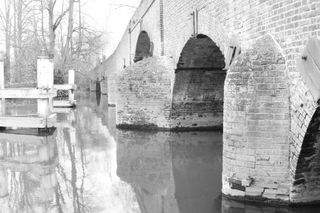
- The Monochrome Picture Style gives a useful indicator but the best results are created by converting a raw file (below). Click here for a full size version.
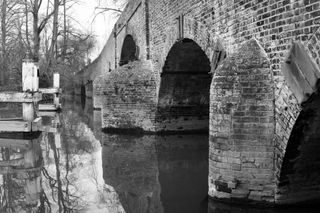
- Click here for a full size version.
When shooting in Live View or video mode the camera uses the imaging sensor to measure exposure and it does a good job. However, if you've turned-up the brightness of the screen to cope with bright ambient light, it's a good idea to keep an eye on the histogram view because images may look brighter than they actually are.
The 80D's white balance system performs as we have come to expect from Canon but it has the addition of the new White and Ambience priority options for the Auto setting. The White Priority setting proved very capable, delivering neutral images in artificial lighting conditions that often cause problems. The Ambient priority option retains a little of the colour cast, which can be preferable in some situations.

Scientists inch closer to holy grail of memory breakthrough — producing tech that combines NAND and RAM features could be much cheaper to produce and consume far less power

Google adds biometric verification to Play Store to keep your in-store wallet safe

Quordle today – hints and answers for Wednesday, April 17 (game #814)
